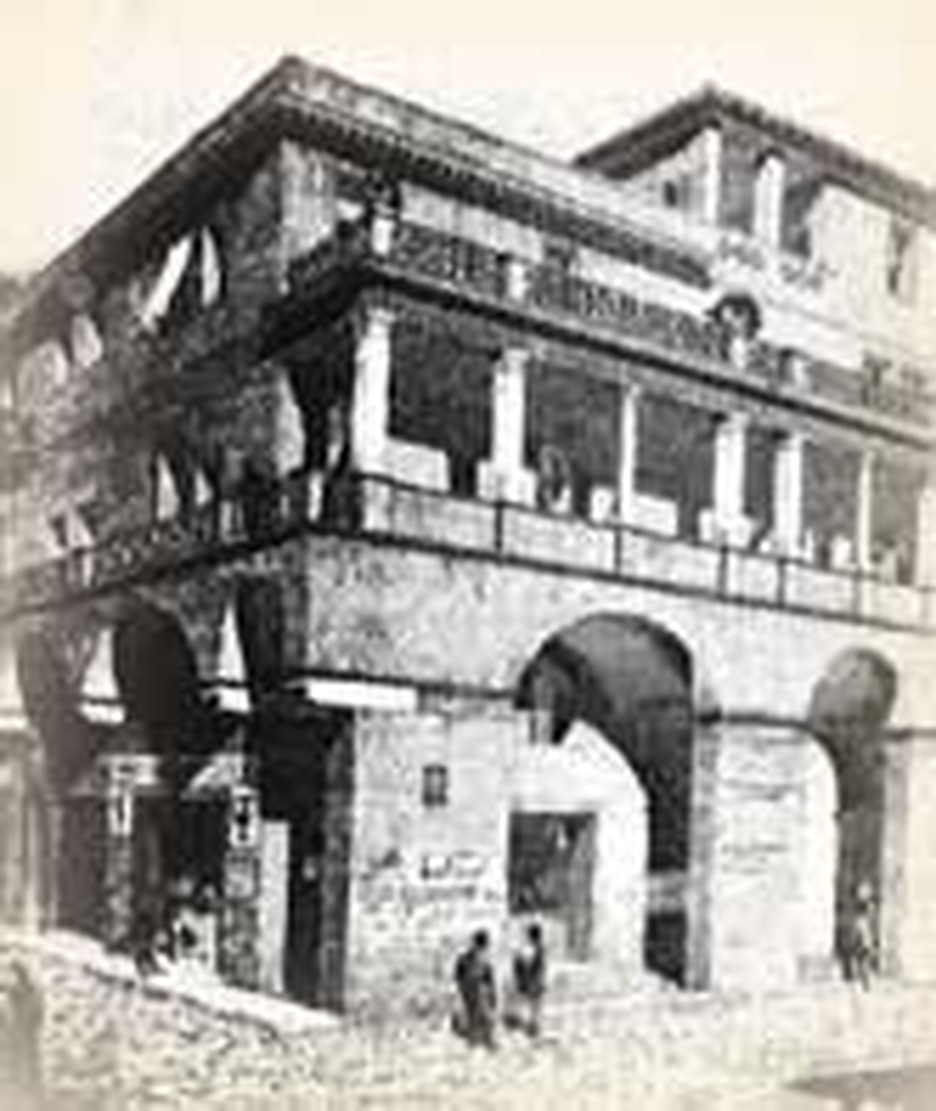
Constantine the Great was ruler of the Roman Empire. Persecution against the church had ceased. In spite of this aura of peace, the life of the church was often poorly recorded.
Take, for example, the life of the bishop of Rome, Pope St. Mark. We think he was born a Roman and that his Father's name was Priscus, but little more than that is known about his personal life. We cannot even venture a reasonable guess as to when he was born. But we know that he was consecrated pope on January 18, 336.
One of Mark's undertakings was to compile stories of the lives of martyrs and bishops before his time. It is too bad that someone didn't do the same for him, because his activities as pope are cloudy. There is some reason to believe he founded two churches in the area of Rome. One of them is still known to this day as the Church of San Marco, although it is greatly changed since his time. The other church was at the Catacomb of Balbina, a cemetery. Emperor Constantine gave gifts of land and furnishing for both buildings.
Why was Mark named a saint? We don't know, although his name was added to the list quite early. There is a fragment of an old poem which some scholars think refers to Mark. It says, "filled with the love of God, despised the world . . . the guardian of justice, a true friend of Christ." If that is speaking of him, it is high praise, indeed; but there is no real evidence that he was the person meant.
St. Mark left a lasting legacy on the ceremony of the Roman Church, however. It seems that it was he who decreed that the Bishop of Ostia (a port near Rome) should be the one to consecrate the Bishops of Rome (later known as Popes). Mark is also said to be the one who declared that the Bishop of Ostia should wear a pallium.
The pallium is white wool sash that symbolizes the authority of the Pope which, according to the Roman Church, came in a direct line from the apostles. Anyone who is awarded a pallium shares in that power. However, it is unlikely St. Mark is responsible for this, because it was almost two centuries later before there is a reliable record of a pope bestowing it on someone else.
It was said that St. Mark wrote a letter to Athanasius, the bishop of Alexandria who battled for the proper understanding of Christ's nature. However, this has been shown to be a forgery. Mark may have been mentioned in one of Constantine's letters, before he became pope, but again no one is sure. Constantine may have been referring to another Mark who was associated with the church in Rome.
St. Mark died on this day, October 7, 336. That date is well established. He had served as Bishop of Rome less than ten months. At his own request, he was buried in the cemetery of Balbina, where one of his churches was being built.
Bibliography:
- Brusher, J. Popes Through the Ages. Princeton, New Jersey: Van Nostrand, 1964.
- Keck, Karen Rae. "Mark." The Ecole Glossary. http://cedar.evansville.edu/~ecoleweb/glossary/pmark.html
- Kirsch, J. P. "Pope St. Mark." The Catholic Encyclopedia. New York: Robert Appleton, 1914.
- Various internet and encyclopedia articles.
Last updated June, 2007







